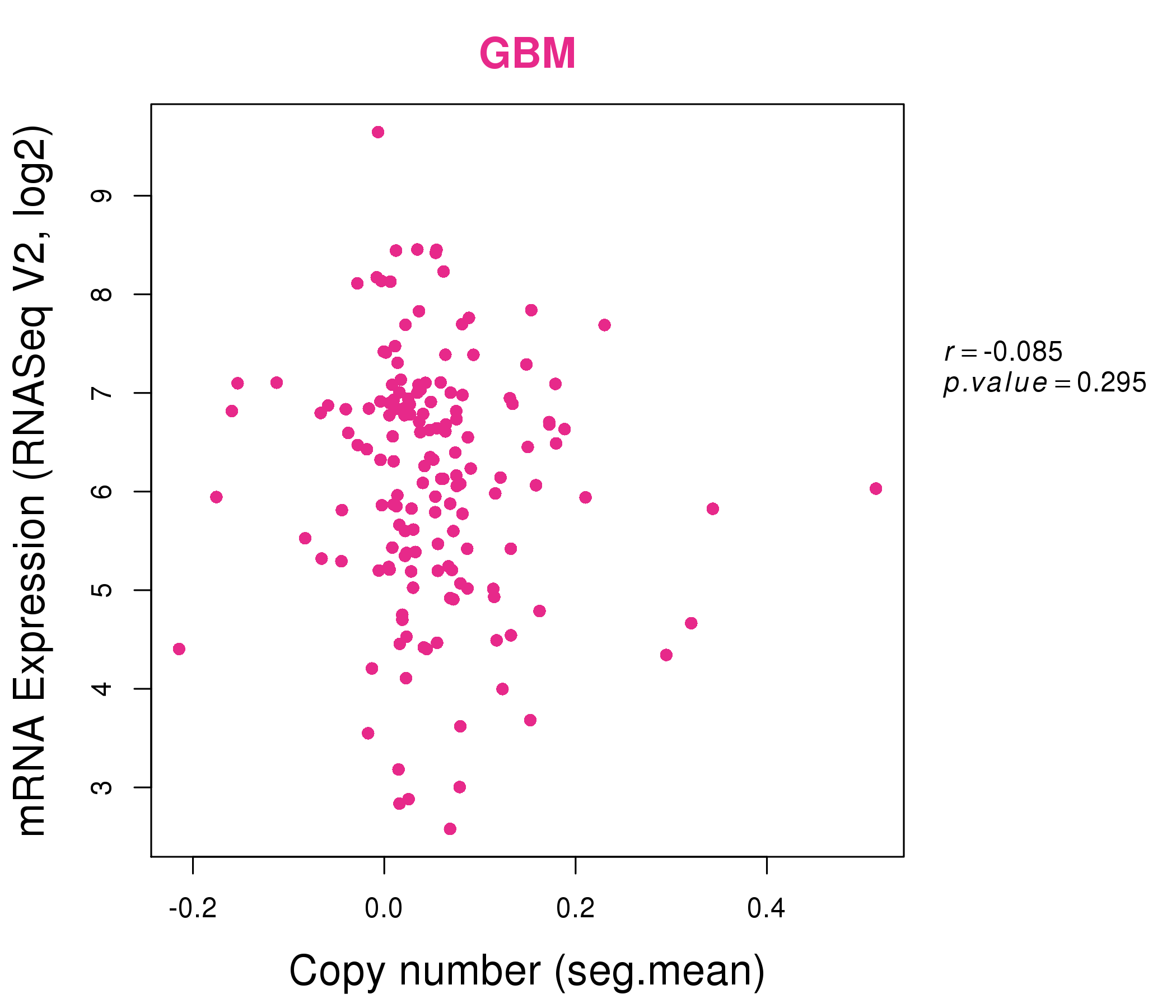|
|||||||||||||||||||||||||||||||||||||||||||||||||||||||||||||||||||||||||||||||||||||||||||||||||||||||||||||||||||||||||||||||||||||||||||||||||||||||||||||||||||||||||||||||||||||||||||||||||||||||||||||||||||||||||||||||||||||||||||||||||||||||||||||||||||||||||||||||||||||||||||||||||||||||||||||||||||||||||||||||||||||||||||||||||||||||||||||||||||||||||||
| |
| Phenotypic Information (metabolism pathway, cancer, disease, phenome) |
| |
| |
| Gene-Gene Network Information: Co-Expression Network, Interacting Genes & KEGG |
| |
|
| Gene Summary for KYNU |
| Basic gene info. | Gene symbol | KYNU |
| Gene name | kynureninase | |
| Synonyms | KYNUU | |
| Cytomap | UCSC genome browser: 2q22.2 | |
| Genomic location | chr2 :143635194-143747106 | |
| Type of gene | protein-coding | |
| RefGenes | NM_001032998.1, NM_001199241.1,NM_003937.2, | |
| Ensembl id | ENSG00000115919 | |
| Description | L-kynurenine hydrolase | |
| Modification date | 20141207 | |
| dbXrefs | MIM : 605197 | |
| HGNC : HGNC | ||
| Ensembl : ENSG00000115919 | ||
| HPRD : 08940 | ||
| Vega : OTTHUMG00000131829 | ||
| Protein | UniProt: go to UniProt's Cross Reference DB Table | |
| Expression | CleanEX: HS_KYNU | |
| BioGPS: 8942 | ||
| Gene Expression Atlas: ENSG00000115919 | ||
| The Human Protein Atlas: ENSG00000115919 | ||
| Pathway | NCI Pathway Interaction Database: KYNU | |
| KEGG: KYNU | ||
| REACTOME: KYNU | ||
| ConsensusPathDB | ||
| Pathway Commons: KYNU | ||
| Metabolism | MetaCyc: KYNU | |
| HUMANCyc: KYNU | ||
| Regulation | Ensembl's Regulation: ENSG00000115919 | |
| miRBase: chr2 :143,635,194-143,747,106 | ||
| TargetScan: NM_001032998 | ||
| cisRED: ENSG00000115919 | ||
| Context | iHOP: KYNU | |
| cancer metabolism search in PubMed: KYNU | ||
| UCL Cancer Institute: KYNU | ||
| Assigned class in ccmGDB | C | |
| Top |
| Phenotypic Information for KYNU(metabolism pathway, cancer, disease, phenome) |
| Cancer | CGAP: KYNU |
| Familial Cancer Database: KYNU | |
| * This gene is included in those cancer gene databases. |
|
|
|
|
|
| . | |||||||||||||||||||||||||||||||||||||||||||||||||||||||||||||||||||||||||||||||||||||||||||||||||||||||||||||||||||||||||||||||||||||||||||||||||||||||||||||||||||||||||||||||||||||||||||||||||||||||||||||||||||||||||||||||||||||||||||||||||||||||||||||||||||||||||||||||||||||||||||||||||||||||||||||||||||||||||||||||||||||||||||||||||||||||||||||||||||||
Oncogene 1 | Significant driver gene in | ||||||||||||||||||||||||||||||||||||||||||||||||||||||||||||||||||||||||||||||||||||||||||||||||||||||||||||||||||||||||||||||||||||||||||||||||||||||||||||||||||||||||||||||||||||||||||||||||||||||||||||||||||||||||||||||||||||||||||||||||||||||||||||||||||||||||||||||||||||||||||||||||||||||||||||||||||||||||||||||||||||||||||||||||||||||||||||||||||||||||||
| cf) number; DB name 1 Oncogene; http://nar.oxfordjournals.org/content/35/suppl_1/D721.long, 2 Tumor Suppressor gene; https://bioinfo.uth.edu/TSGene/, 3 Cancer Gene Census; http://www.nature.com/nrc/journal/v4/n3/abs/nrc1299.html, 4 CancerGenes; http://nar.oxfordjournals.org/content/35/suppl_1/D721.long, 5 Network of Cancer Gene; http://ncg.kcl.ac.uk/index.php, 1Therapeutic Vulnerabilities in Cancer; http://cbio.mskcc.org/cancergenomics/statius/ |
| KEGG_TRYPTOPHAN_METABOLISM REACTOME_METABOLISM_OF_AMINO_ACIDS_AND_DERIVATIVES | |
| OMIM | |
| Orphanet | |
| Disease | KEGG Disease: KYNU |
| MedGen: KYNU (Human Medical Genetics with Condition) | |
| ClinVar: KYNU | |
| Phenotype | MGI: KYNU (International Mouse Phenotyping Consortium) |
| PhenomicDB: KYNU | |
| Mutations for KYNU |
| * Under tables are showing count per each tissue to give us broad intuition about tissue specific mutation patterns.You can go to the detailed page for each mutation database's web site. |
| - Statistics for Tissue and Mutation type | Top |
 |
| - For Inter-chromosomal Variations |
| * Inter-chromosomal variantions includes 'interchromosomal amplicon to amplicon', 'interchromosomal amplicon to non-amplified dna', 'interchromosomal insertion', 'Interchromosomal unknown type'. |
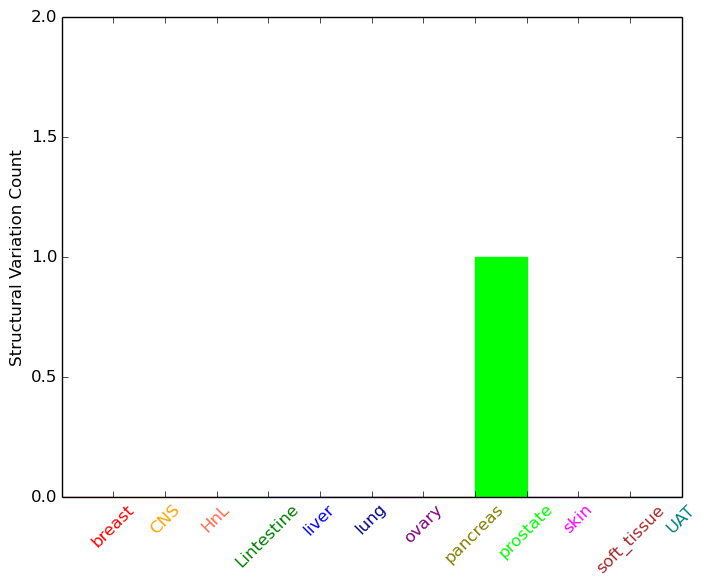 |
| - For Intra-chromosomal Variations |
| There's no intra-chromosomal structural variation. |
| Sample | Symbol_a | Chr_a | Start_a | End_a | Symbol_b | Chr_b | Start_b | End_b |
| ovary | KYNU | chr2 | 143642601 | 143642621 | KYNU | chr2 | 143651108 | 143651128 |
| pancreas | KYNU | chr2 | 143642540 | 143642560 | KYNU | chr2 | 143642713 | 143642733 |
| prostate | KYNU | chr2 | 143744304 | 143744304 | chr12 | 71796900 | 71796900 |
| cf) Tissue number; Tissue name (1;Breast, 2;Central_nervous_system, 3;Haematopoietic_and_lymphoid_tissue, 4;Large_intestine, 5;Liver, 6;Lung, 7;Ovary, 8;Pancreas, 9;Prostate, 10;Skin, 11;Soft_tissue, 12;Upper_aerodigestive_tract) |
| * From mRNA Sanger sequences, Chitars2.0 arranged chimeric transcripts. This table shows KYNU related fusion information. |
| ID | Head Gene | Tail Gene | Accession | Gene_a | qStart_a | qEnd_a | Chromosome_a | tStart_a | tEnd_a | Gene_a | qStart_a | qEnd_a | Chromosome_a | tStart_a | tEnd_a |
| BP333200 | HTN1 | 1 | 359 | 4 | 70916155 | 70924377 | KYNU | 353 | 374 | 2 | 143795116 | 143795138 | |
| BF997792 | TGOLN2 | 1 | 181 | 2 | 85547966 | 85548146 | KYNU | 174 | 316 | 2 | 143725826 | 143725968 | |
| BF907726 | KYNU | 14 | 90 | 2 | 143743515 | 143743591 | KYNU | 90 | 327 | 2 | 143712379 | 143718221 | |
| CB851853 | KYNU | 13 | 289 | 2 | 143746830 | 143747106 | KYNU | 286 | 377 | 2 | 143746729 | 143746820 | |
| Top |
| Mutation type/ Tissue ID | brca | cns | cerv | endome | haematopo | kidn | Lintest | liver | lung | ns | ovary | pancre | prost | skin | stoma | thyro | urina | |||
| Total # sample | 1 | 1 | 2 | |||||||||||||||||
| GAIN (# sample) | 1 | 1 | 1 | |||||||||||||||||
| LOSS (# sample) | 1 |
| cf) Tissue ID; Tissue type (1; Breast, 2; Central_nervous_system, 3; Cervix, 4; Endometrium, 5; Haematopoietic_and_lymphoid_tissue, 6; Kidney, 7; Large_intestine, 8; Liver, 9; Lung, 10; NS, 11; Ovary, 12; Pancreas, 13; Prostate, 14; Skin, 15; Stomach, 16; Thyroid, 17; Urinary_tract) |
| Top |
|
 |
| Top |
| Stat. for Non-Synonymous SNVs (# total SNVs=60) | (# total SNVs=14) |
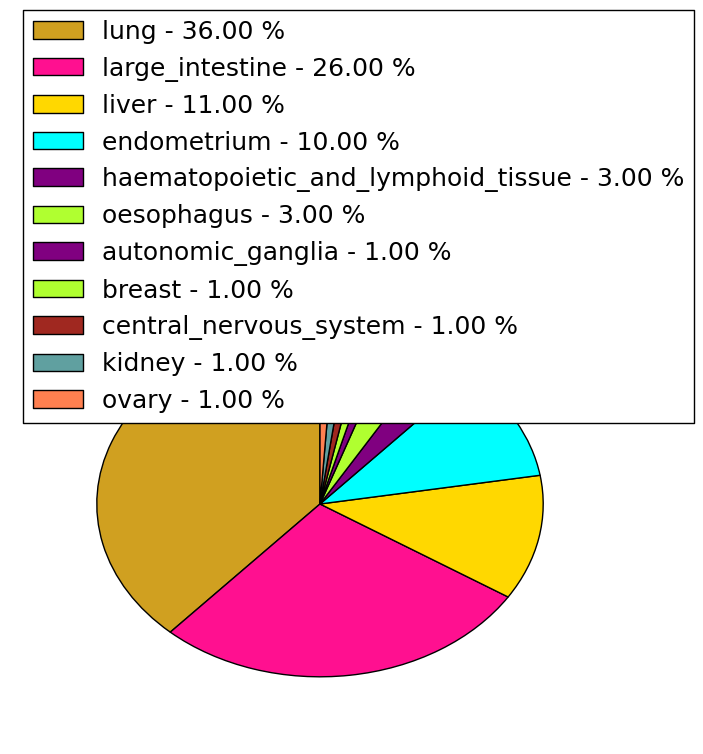 |  |
(# total SNVs=1) | (# total SNVs=0) |
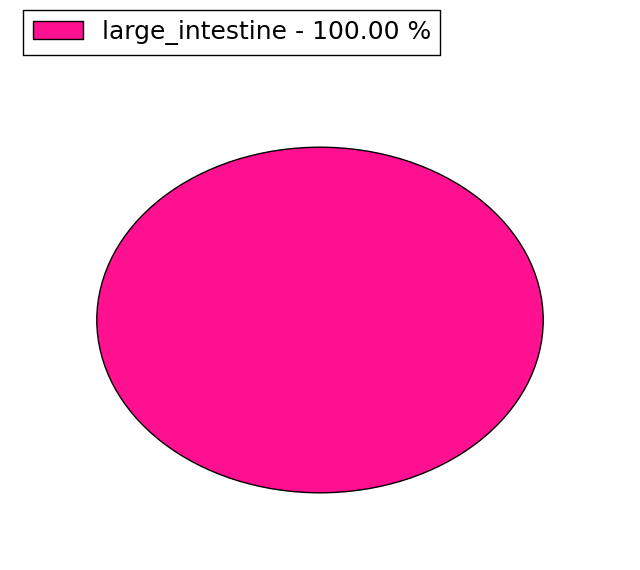 |
| Top |
| * When you move the cursor on each content, you can see more deailed mutation information on the Tooltip. Those are primary_site,primary_histology,mutation(aa),pubmedID. |
| GRCh37 position | Mutation(aa) | Unique sampleID count |
| chr2:143643019-143643019 | p.R28K | 4 |
| chr2:143713800-143713800 | p.R155Q | 3 |
| chr2:143643073-143643073 | p.F46Y | 3 |
| chr2:143743579-143743579 | p.T297T | 3 |
| chr2:143676226-143676226 | p.G73E | 2 |
| chr2:143718341-143718341 | p.? | 2 |
| chr2:143676232-143676232 | p.S75Y | 2 |
| chr2:143742717-143742717 | p.W265* | 2 |
| chr2:143712381-143712381 | p.A126T | 2 |
| chr2:143713833-143713833 | p.P166H | 2 |
| Top |
|
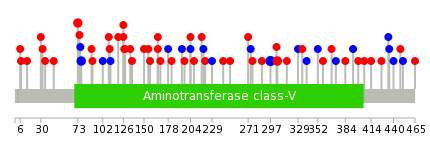 |
| Point Mutation/ Tissue ID | 1 | 2 | 3 | 4 | 5 | 6 | 7 | 8 | 9 | 10 | 11 | 12 | 13 | 14 | 15 | 16 | 17 | 18 | 19 | 20 |
| # sample | 1 | 10 | 1 | 6 | 1 | 1 | 16 | 4 | 1 | 1 | 14 | 7 | 7 | |||||||
| # mutation | 1 | 12 | 1 | 6 | 1 | 1 | 18 | 4 | 1 | 1 | 13 | 7 | 7 | |||||||
| nonsynonymous SNV | 1 | 8 | 1 | 4 | 1 | 1 | 11 | 3 | 1 | 1 | 9 | 4 | 6 | |||||||
| synonymous SNV | 4 | 2 | 7 | 1 | 4 | 3 | 1 |
| cf) Tissue ID; Tissue type (1; BLCA[Bladder Urothelial Carcinoma], 2; BRCA[Breast invasive carcinoma], 3; CESC[Cervical squamous cell carcinoma and endocervical adenocarcinoma], 4; COAD[Colon adenocarcinoma], 5; GBM[Glioblastoma multiforme], 6; Glioma Low Grade, 7; HNSC[Head and Neck squamous cell carcinoma], 8; KICH[Kidney Chromophobe], 9; KIRC[Kidney renal clear cell carcinoma], 10; KIRP[Kidney renal papillary cell carcinoma], 11; LAML[Acute Myeloid Leukemia], 12; LUAD[Lung adenocarcinoma], 13; LUSC[Lung squamous cell carcinoma], 14; OV[Ovarian serous cystadenocarcinoma ], 15; PAAD[Pancreatic adenocarcinoma], 16; PRAD[Prostate adenocarcinoma], 17; SKCM[Skin Cutaneous Melanoma], 18:STAD[Stomach adenocarcinoma], 19:THCA[Thyroid carcinoma], 20:UCEC[Uterine Corpus Endometrial Carcinoma]) |
| Top |
| * We represented just top 10 SNVs. When you move the cursor on each content, you can see more deailed mutation information on the Tooltip. Those are primary_site, primary_histology, mutation(aa), pubmedID. |
| Genomic Position | Mutation(aa) | Unique sampleID count |
| chr2:143743579 | p.T297T,KYNU | 3 |
| chr2:143718222 | p.I204M,KYNU | 2 |
| chr2:143746426 | p.G73E,KYNU | 2 |
| chr2:143676226 | p.G77G,KYNU | 2 |
| chr2:143676239 | p.F305L | 2 |
| chr2:143676276 | p.M316I,KYNU | 1 |
| chr2:143742750 | p.L440L,KYNU | 1 |
| chr2:143712411 | p.E7Q,KYNU | 1 |
| chr2:143798057 | p.M120L,KYNU | 1 |
| chr2:143642976 | p.E197Q,KYNU | 1 |
| * Copy number data were extracted from TCGA using R package TCGA-Assembler. The URLs of all public data files on TCGA DCC data server were gathered on Jan-05-2015. Function ProcessCNAData in TCGA-Assembler package was used to obtain gene-level copy number value which is calculated as the average copy number of the genomic region of a gene. |
 |
| cf) Tissue ID[Tissue type]: BLCA[Bladder Urothelial Carcinoma], BRCA[Breast invasive carcinoma], CESC[Cervical squamous cell carcinoma and endocervical adenocarcinoma], COAD[Colon adenocarcinoma], GBM[Glioblastoma multiforme], Glioma Low Grade, HNSC[Head and Neck squamous cell carcinoma], KICH[Kidney Chromophobe], KIRC[Kidney renal clear cell carcinoma], KIRP[Kidney renal papillary cell carcinoma], LAML[Acute Myeloid Leukemia], LUAD[Lung adenocarcinoma], LUSC[Lung squamous cell carcinoma], OV[Ovarian serous cystadenocarcinoma ], PAAD[Pancreatic adenocarcinoma], PRAD[Prostate adenocarcinoma], SKCM[Skin Cutaneous Melanoma], STAD[Stomach adenocarcinoma], THCA[Thyroid carcinoma], UCEC[Uterine Corpus Endometrial Carcinoma] |
| Top |
| Gene Expression for KYNU |
| * CCLE gene expression data were extracted from CCLE_Expression_Entrez_2012-10-18.res: Gene-centric RMA-normalized mRNA expression data. |
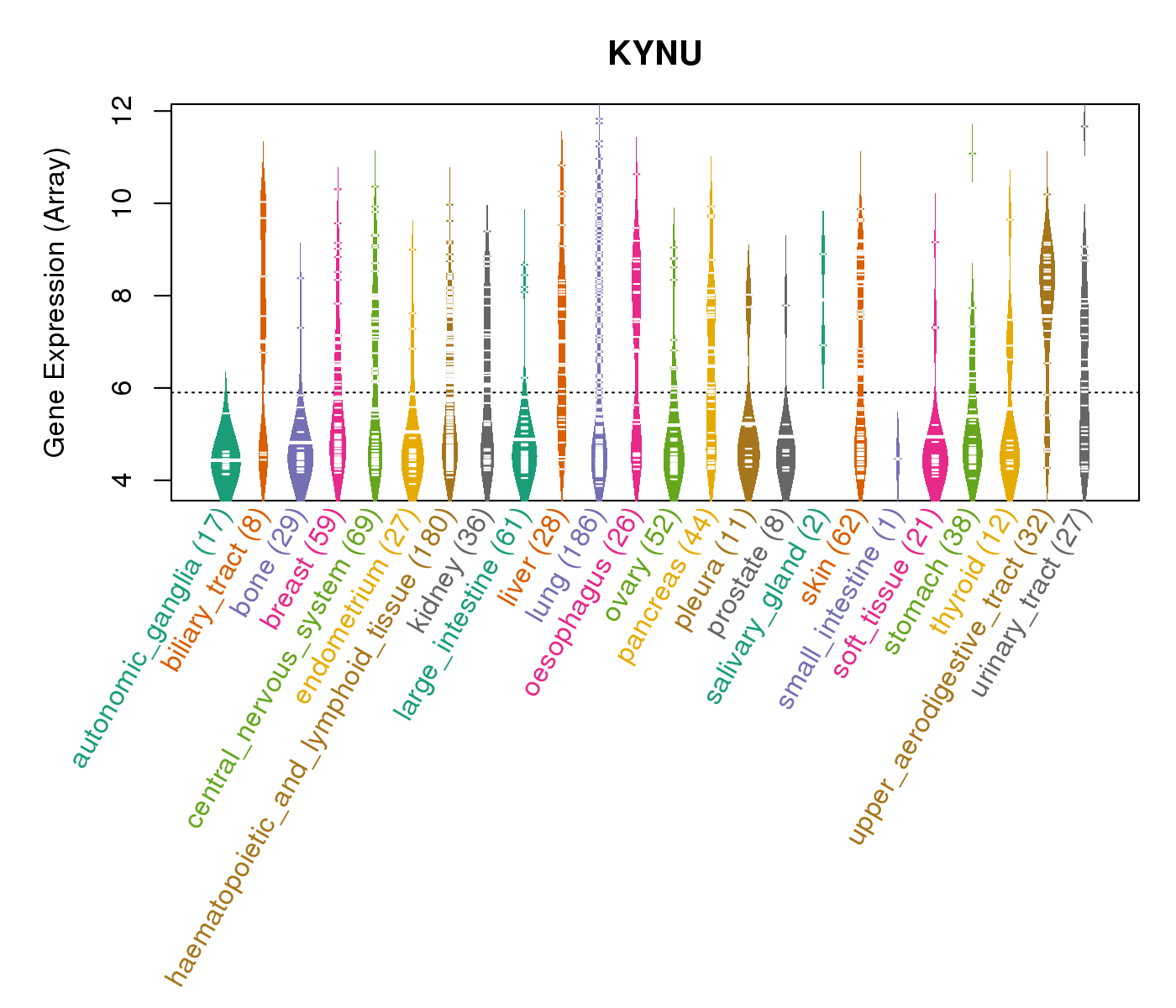 |
| * Normalized gene expression data of RNASeqV2 was extracted from TCGA using R package TCGA-Assembler. The URLs of all public data files on TCGA DCC data server were gathered at Jan-05-2015. Only eight cancer types have enough normal control samples for differential expression analysis. (t test, adjusted p<0.05 (using Benjamini-Hochberg FDR)) |
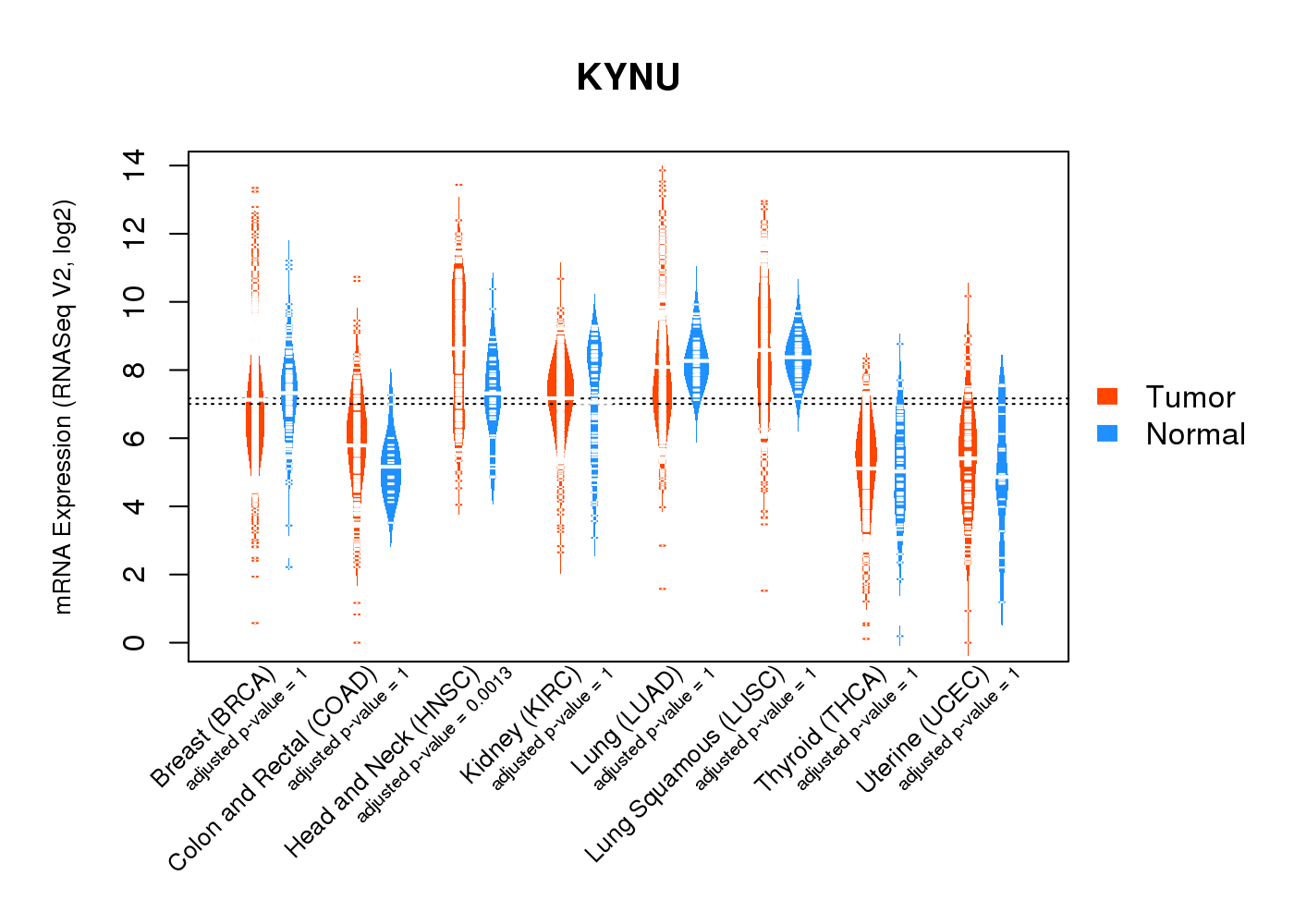 |
| Top |
| * This plots show the correlation between CNV and gene expression. |
: Open all plots for all cancer types
 |
|
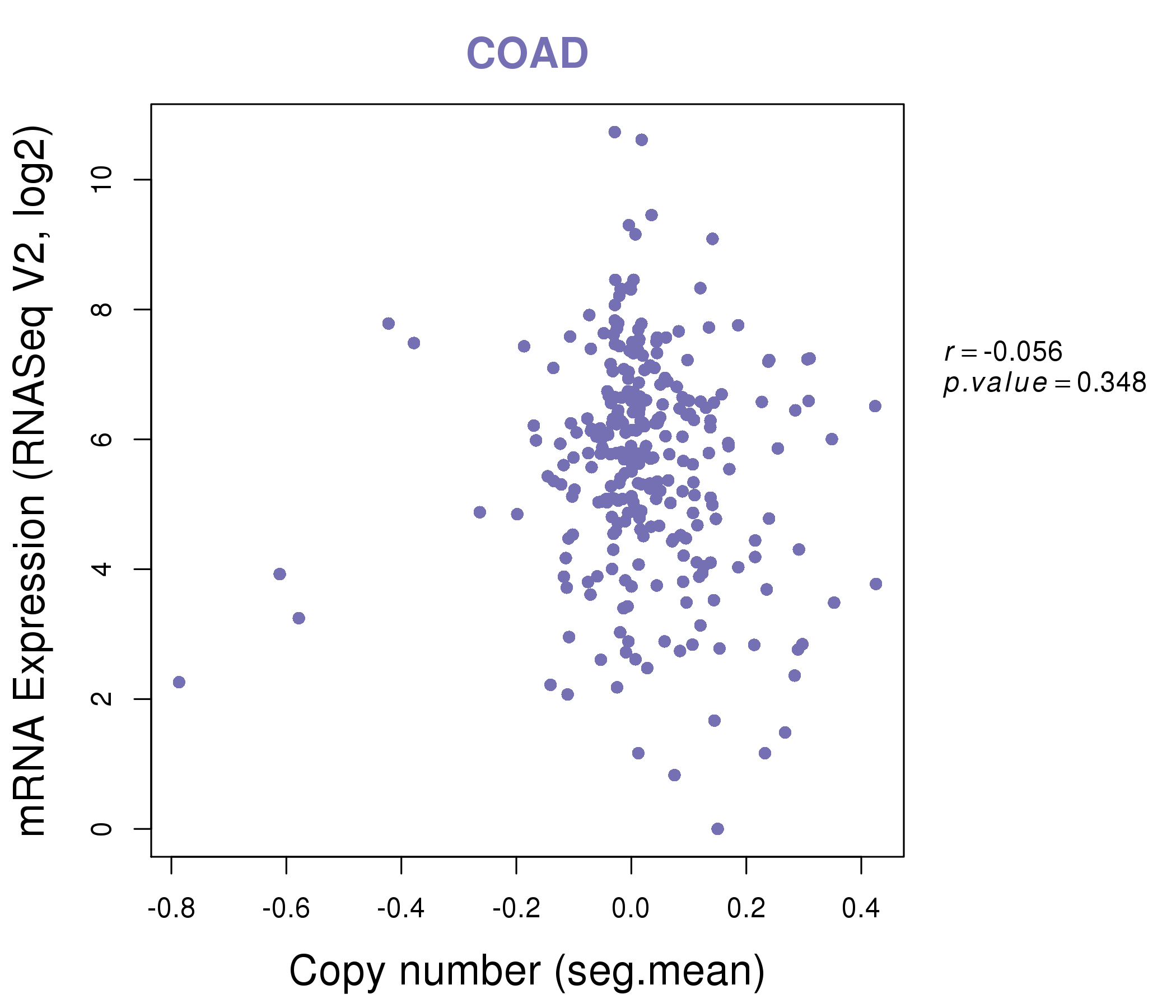 |
|
| Top |
| Gene-Gene Network Information |
| * Co-Expression network figures were drawn using R package igraph. Only the top 20 genes with the highest correlations were shown. Red circle: input gene, orange circle: cell metabolism gene, sky circle: other gene |
: Open all plots for all cancer types
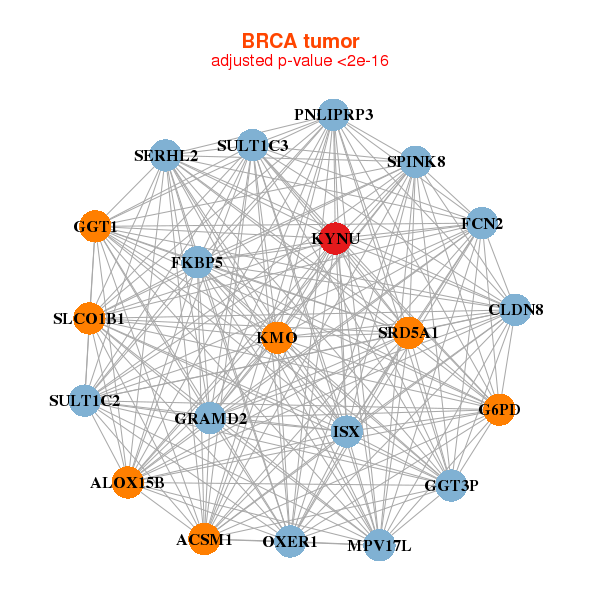 |
| ||||
| ACSM1,ALOX15B,CLDN8,FCN2,FKBP5,G6PD,GGT1, GGT3P,GRAMD2,ISX,KMO,KYNU,MPV17L,OXER1, PNLIPRP3,SERHL2,SLCO1B1,SPINK8,SRD5A1,SULT1C2,SULT1C3 | ABCC11,ADAM2,AFMID,ALOX15B,C15orf43,DHRS2,GGT1, GGTLC2,HMGCS2,HPGD,IDI1,KYNU,LST-3TM12,MPV17L, PNLIPRP3,SERHL2,SERHL,SPINK8,SRD5A1,TARP,UGT2B10 | ||||
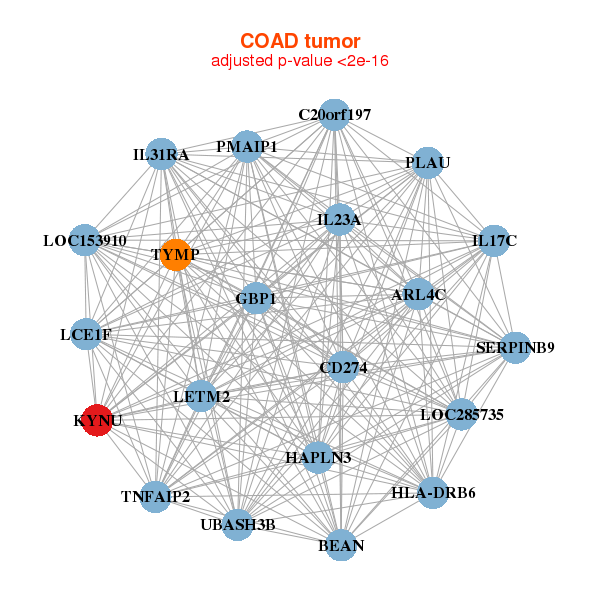 |
| ||||
| ARL4C,BEAN,C20orf197,CD274,GBP1,HAPLN3,HLA-DRB6, IL17C,IL23A,IL31RA,KYNU,LCE1F,LETM2,LOC153910, LOC285735,PLAU,PMAIP1,SERPINB9,TNFAIP2,TYMP,UBASH3B | AIF1,C1orf162,CCR1,CD40,CD86,CYBB,DOK2, FCER1G,GIMAP4,GNA15,INSL4,KYNU,LILRB2,LILRB4, NCF2,PDCD1LG2,PLEK,SIGLEC9,SPI1,TMEM106A,TNFSF13B |
| * Co-Expression network figures were drawn using R package igraph. Only the top 20 genes with the highest correlations were shown. Red circle: input gene, orange circle: cell metabolism gene, sky circle: other gene |
: Open all plots for all cancer types
| Top |
: Open all interacting genes' information including KEGG pathway for all interacting genes from DAVID
| Top |
| Pharmacological Information for KYNU |
| DB Category | DB Name | DB's ID and Url link |
| * Gene Centered Interaction Network. |
 |
| * Drug Centered Interaction Network. |
| DrugBank ID | Target Name | Drug Groups | Generic Name | Drug Centered Network | Drug Structure |
| DB00114 | kynureninase | nutraceutical | Pyridoxal Phosphate | 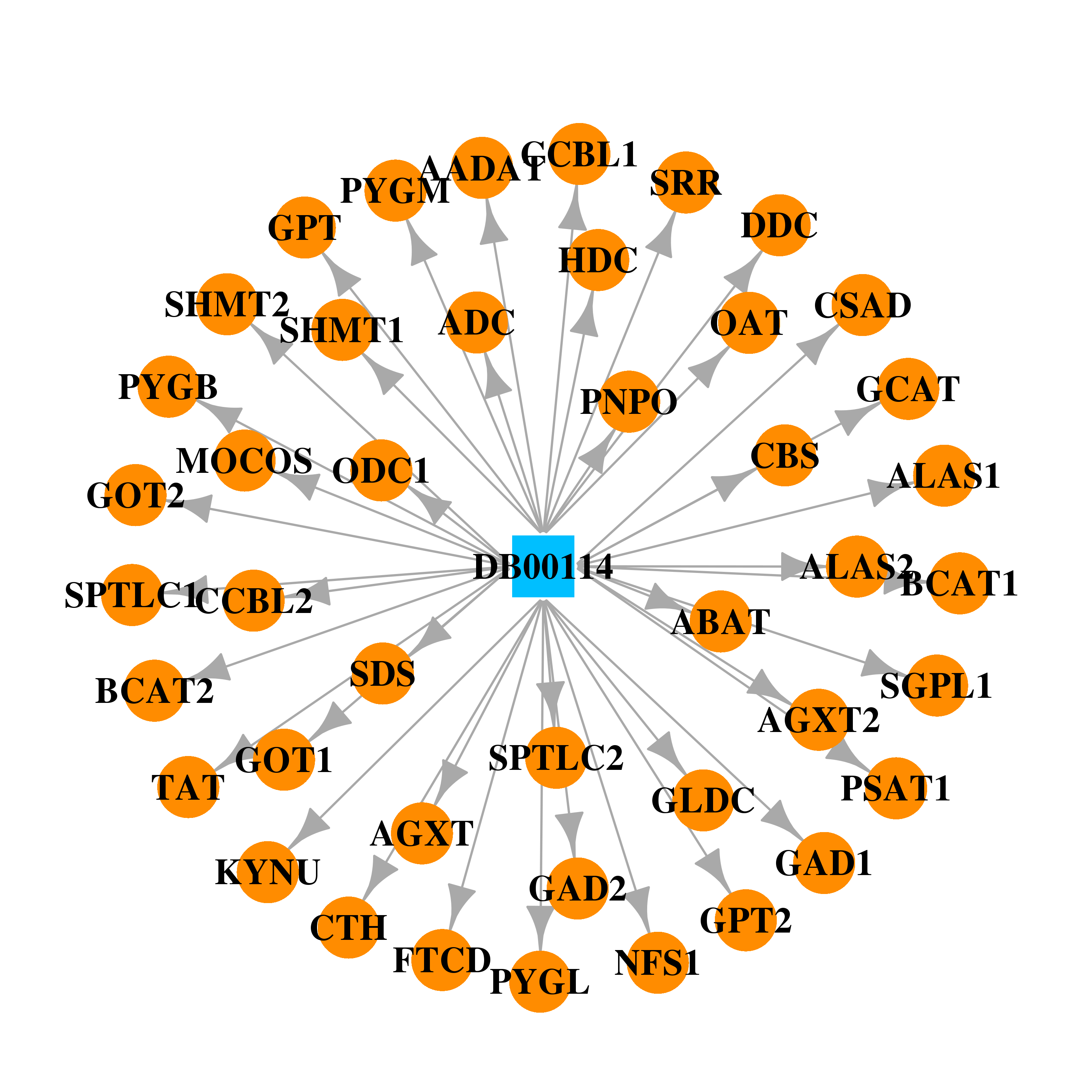 | 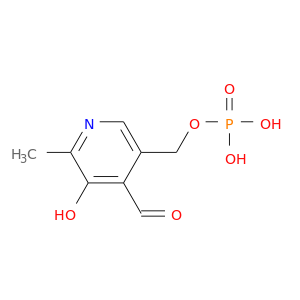 |
| DB00160 | kynureninase | approved; nutraceutical | L-Alanine |  | 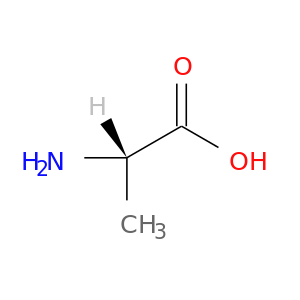 |
| DB07069 | kynureninase | experimental | 3-Hydroxyhippuric acid |  |  |
| DB02343 | kynureninase | experimental | 3,6,9,12,15-Pentaoxaheptadecane |  |  |
| DB00130 | kynureninase | approved; nutraceutical; investigational | L-Glutamine |  | 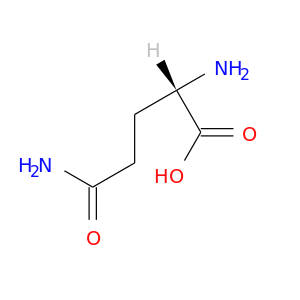 |
| DB00150 | kynureninase | approved; nutraceutical | L-Tryptophan |  | 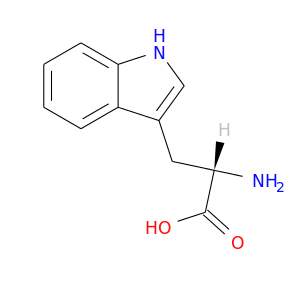 |
| Top |
| Cross referenced IDs for KYNU |
| * We obtained these cross-references from Uniprot database. It covers 150 different DBs, 18 categories. http://www.uniprot.org/help/cross_references_section |
: Open all cross reference information
|
Copyright © 2016-Present - The Univsersity of Texas Health Science Center at Houston @ |







